A portable generator is appropriate for a location that often suffers inclement weather. It may be utilized as a backup source of electricity if there is a power outage in your area. However, setting up a generator regularly might be exhausting.
Understanding the diagram of how to wire a generator to a breaker box will help you avoid this catastrophe. When the power goes out, you may effortlessly turn on your backup power source with no effort.
How To Connect A Generator To Your House?
To do this, put the gen wire into a 20 or 30-amp circuit on your generator. The opposite end is divided into various household outlets, allowing you to begin attaching extra extension cables around your home safely.
Tool You Need
The following are the tools you will need to set up the generator and link it to your home’s power:
- Safety equipment such as rubber gloves and glasses
- Screw
- Power inlet box
- Electric drill
- Pliers
- Conduit and ten-gauge wire
- 2-pole circuit breaker (30 amp)
- 10 AWG 4-wire power cord or extension cord
- Breaker interlock kit
Please keep in mind that there are several types of breaker interlocks. The type of circuit breaker interlock required may be determined by the brand of the control circuit panel on which you desire to install the generator connections.
Step To Do
You should jot down a few things before starting your work:
The first prep step is ensuring enough room in the breaker board for the generator circuits. Remember that any form of the interlock is fitted on the breaker’s closest left side.
Additionally, the breaker interlock guards can protect you against dangers associated with using bidirectional electricity. Establishing a generator hookup in an electrical panel without a transfer switch is a safety violation.
Nowadays, linking a generator to a switchboard is a simple task that anybody with basic electrical understanding can complete. However, hiring a professional is the best option if you are uneasy working with electricity.
In case you are ready, here is the step-by-step on how to hook up the generator to house that you can follow:
1. Detach The Cover Panel
Always ensure that all devices linked to the circuit are switched off and disconnected before working with electrical equipment.
After that, you may switch off the breaker panel and the main circuit. This is done to prevent harm to your equipment and to guarantee that there isn’t a current present that might cause an electric shock.
You can now safely remove the panel cover. Loosen all of the screws that are keeping the lid in place.
2. Put The Interlock Kit To The Panel
After uninstalling, you may place the interlock component into the panel cover. Create a hole for the circuit installation with an electric drill. After that, tighten the bolts and fasten the kit to the panel.
You may also unscrew the knock-out lid for the circuit breaker location with pliers.
3. Assemble The Power Inlet Box
To establish the power source box, select a perfect place to access and link the producing set quickly. Make a hole close to the panel to place the power input unit if feasible.
To build an exterior box, you should utilize a conduit for additional cable protection. Here, use tapcon screws to secure the box to the wall.
4. Begin To Wire The Connections
Following the electrical input box installation is to run the wire from the input power through the conduit to the circuit breaker panel.
The hot wiring systems are normally black and red, the neutral wire comes in white, while the ground one is green. Double-check your work by looking at the electrical supply wiring diagram.
Don’t forget to link the ground wire to the core of the electrical input box if it has a metal frame.
5. Install The Circuit Breaker
Now, connect each busbar to the right wire. Next, install the breaker on the dashboard and combine the hot wires to establish the generator circuit.
Also, remember to place the circuit bracket in the interlock.
6. Reinstall The Cover Panel
Reinstall the panel covering once you have completed the preceding instructions correctly. You now have a ready hookup for your generator set if you screw on both corners of the panel cover.
You must also check your work to ensure that it is functional afterwards.
7. Test Your Work
Attach your generator setup to an electrical socket with a power cord, start your portable generator, and activate the built-in breaker.
Now that your generator is working, you can test how many circuits it can operate by turning on each circuit one by one.
After starting the generator, you should wait 5 minutes for it to prepare to load the generator to power the circuit before turning on any electrical circuits in your house.
See more: How To Connect Generator To House Without Transfer Switch?
Manual or Universal Transfer Switches – What Should You Buy?
There is a distinction between universal and manual transfer switches.
Universal transfer switches are widely available at most hardware stores, while manual ones only come from hardware businesses. Furthermore, the universal is easier to set up than the manual switch.
The manual type is similar to a regular circuit breaker box. The most critical aspect of this switch is that the wire is plugged in. Before you start the generator, make certain everything is firmly secured.
Universal switches, on the other hand, will manage it instantly within seconds. The transfer switch will repeatedly trip, using more power than the electrical system’s maximum rating.
One of the most significant benefits of these switches is their ability to recognize grid power shortages automatically. Some variants have an alternative battery that turns on and off when the gadget is powered.
Another edge is that they turn on autonomously when the electricity goes out.
Frequently Asked Questions
How Many Devices Can I Use With A 3000 Watts Generator?
The answer varies by the wattage of your device and the number of gadgets in your entire house.
You may turn on low-wattage lights and electrical gadgets such as phone and computer chargers simultaneously.
That implies you can power several devices and lights as long as you don’t surpass the rated limit of the generator.
However, if you desire to run power-hungry items like electrically powered stoves, you may have to do so separately.
This is to avoid an overload that might harm the electronics of your generator. Before utilizing household equipment on a backup energy source, you should also estimate power consumption.
Can A 15 Kilowatt Generator Run A House?
Yes.
Most typical household appliances consume circuit power ranging from 3000 to 6500 watts.
So, if you own a 15 kW generator, you can power all your household appliances and lights. It also generally covers both 120-volt and 240-volt energy output, enabling you to use both high and low-electric devices.
Can A Generator Run In The Rain? Why Should I Bring My Generator Inside When It Rains?
No.
Running the generator in the rain or other adverse weather is not recommended since electricity and water collision might cause an electric shock.
Instead, install a temporary cover or construct a shelter for your machine to keep it running in wet conditions.
Rain, whether mild fog or heavy rain, can cause generator failure, and wet generators are fatal. Small generator malfunctions might raise the risk of harm or expensive repairs. Covering the power source is the first concern in keeping your power supply secure in rainy situations.
Can A Generator Operate 24 Hours A Day?
Yes.
Most gas-powered generators can keep running for up to 24 hours. On the other hand, some portable gas generators feature enormous fuel tanks. These machines are sufficient for a few days.
Conclusion
Knowing how to wire a generator to a breaker box will undoubtedly provide you with a practical approach to installing a generator during a power outage in your home.
Furthermore, this is a straightforward task that anybody with a basic understanding of home electrical can complete.

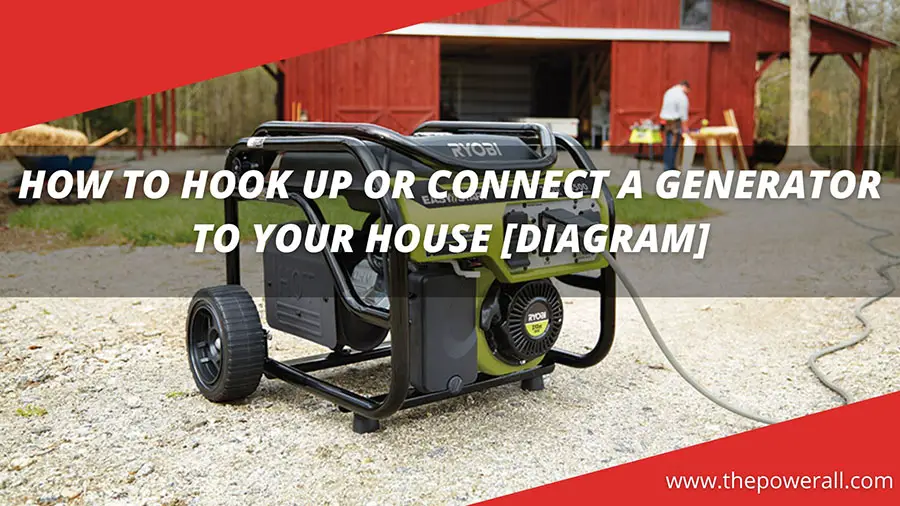

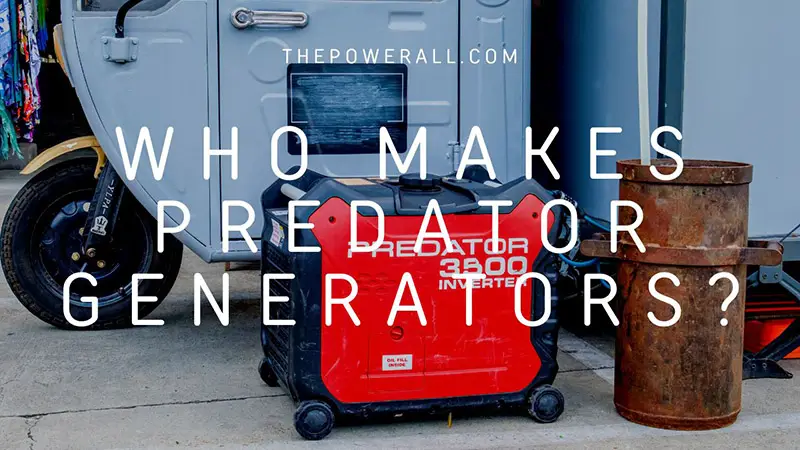
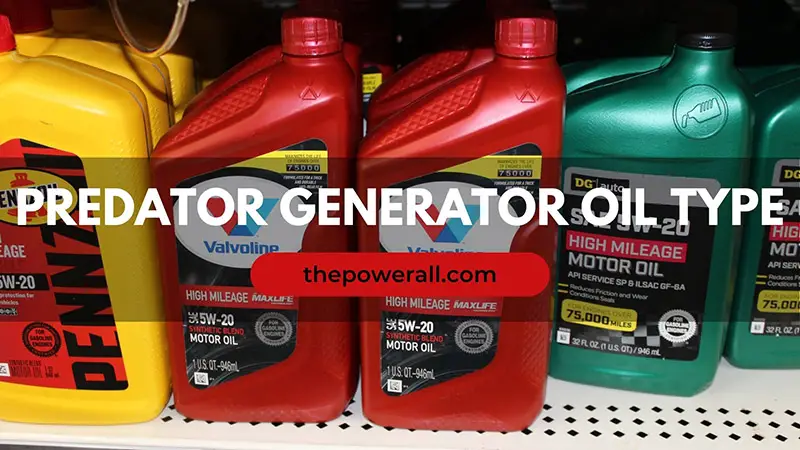
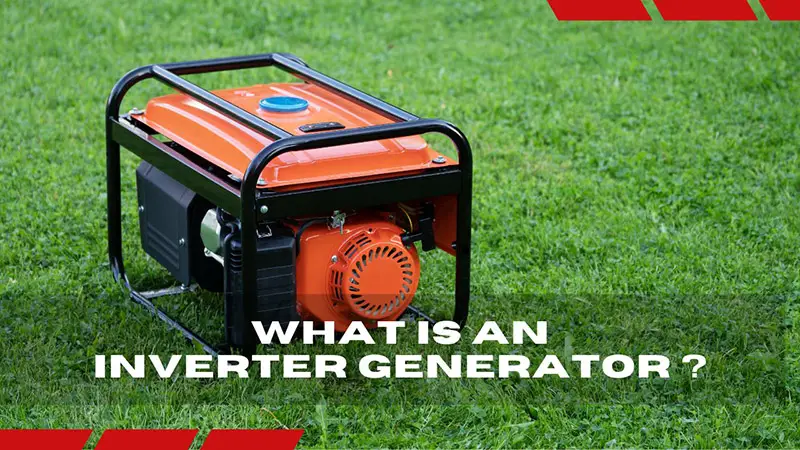


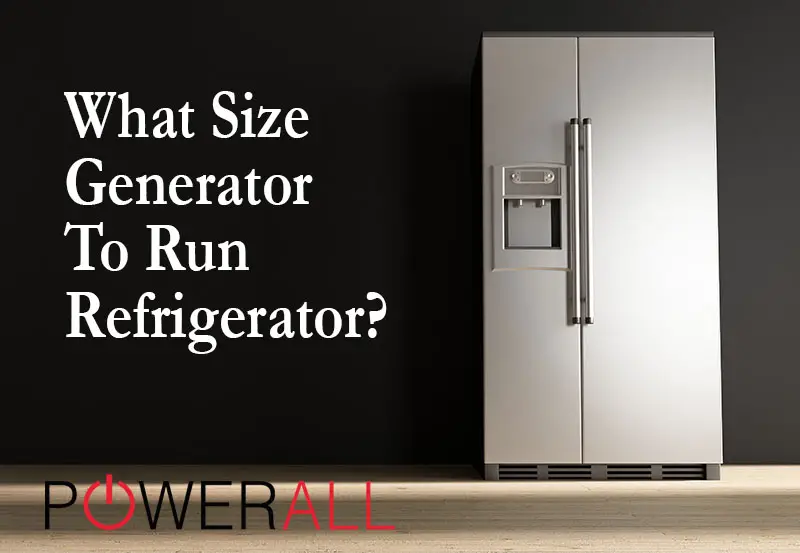
0 Comments